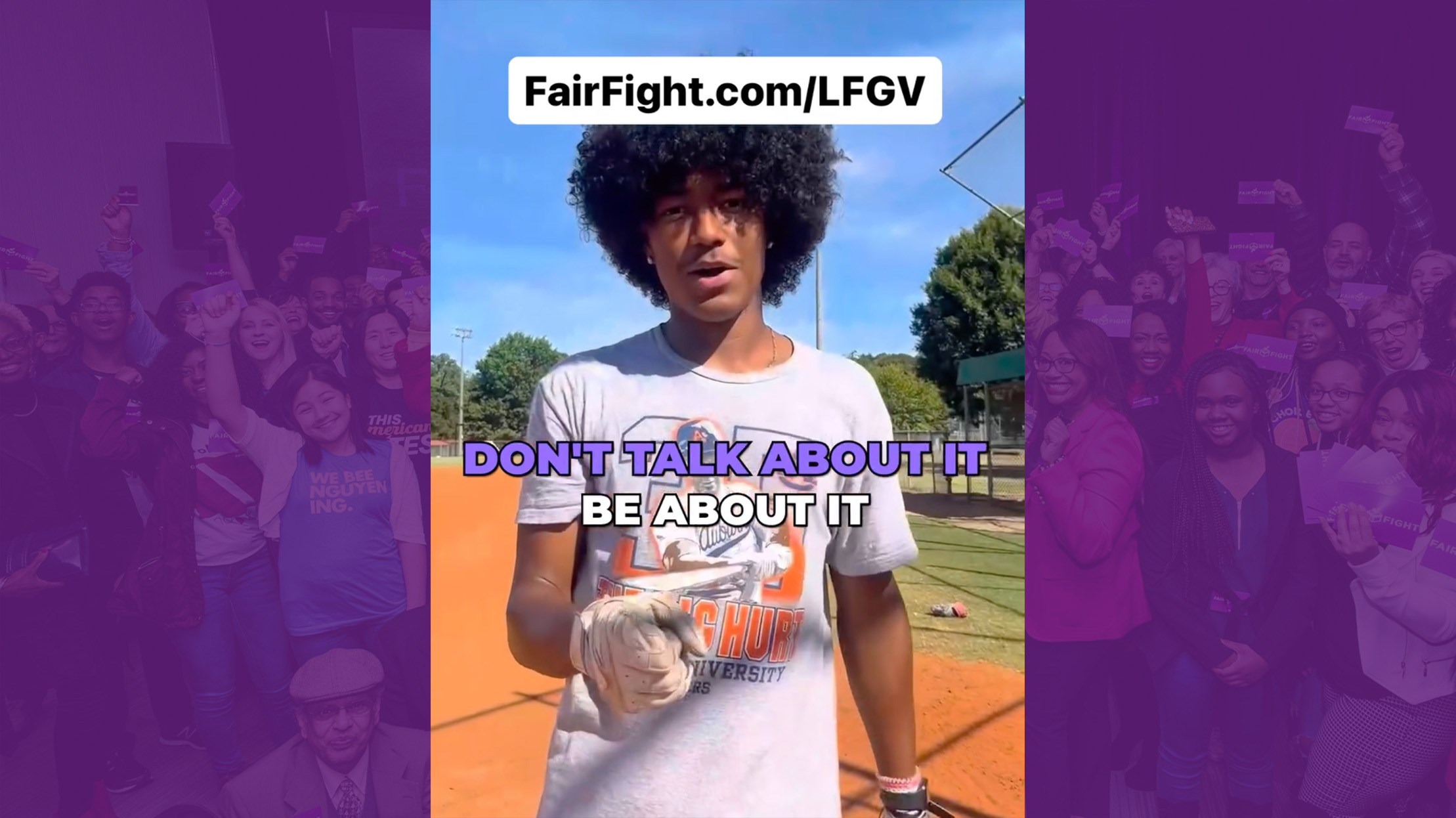Picture this: You’re scrolling through Instagram, and you see a post from an organization that really gets it.
They’re calling out something important—maybe racism, maybe environmental justice—and you pause, thinking, Wow, they said what needed to be said.
But then you check the comments… and boom. Trolls everywhere, arguments spiraling, and the whole conversation feels toxic.
Creating social justice content isn’t easy. That’s because it’s often not just what you say, but how you say it.
As a nonprofit leader, small business owner, or social entrepreneur, you know talking about the things that matter is important. But keeping your audience engaged without turning them off? That’s the real challenge.
In this post, we’re going to continue our conversation about how to walk that line with grace. Let’s dive in.
Brace Yourself for Trolls
Yep, trolls are a given.
And the bigger your platform, the more they’ll try to derail your message.
But remember: You’re not doing this to win everyone over. Your mission is bigger than their negativity. Stay focused, stay grounded, and keep moving forward.
For example, when Lush Cosmetics launched their “Spy Cops” campaign in the U.K., calling out unethical undercover police officers infiltrating activist groups, they faced intense backlash.
Critics accused them of being “anti-police” and staged social media protests, calling for boycotts.
But Lush didn’t back down.
Instead, they stood firm, releasing clear, unapologetic messages about the need for accountability in law enforcement.
While the leaders of the company could have taken the backlash as a reason to stop their campaign, those chose to do the opposite. As a result, their controversial efforts sparked conversations that the mainstream media wasn’t addressing.
They stayed grounded in their commitment to human rights, and their transparency strengthened loyalty among their core customers who appreciated their courage.
Don’t Echo the Opposition’s Words
Repeating the arguments of those who oppose your cause—even to argue against them—can accidentally amplify their message.
Instead, reframe the conversation on your own terms and tell your story from your perspective. Why give their narrative free air time?
For example, Fair Fight, the organization started by Stacey Abrams, often avoids amplifying voter suppression rhetoric by focusing on the positive impact of voter engagement.
With a lot of their content, like this Instagram post, they make the act of voting feel relevant and empowering—especially for younger audiences.
Their messaging emphasizes why voting matters, not just in terms of policy but in personal terms—connecting with issues that resonate with all Americans, like fairness and freedom.
So rather than getting bogged down in refuting myths about election fraud, a lot of Fair Fight’s posts focus on hearing stories from real voters.
This upbeat, positive strategy allows them to build momentum around their own narrative: that democracy thrives when everyone has a voice.
Use Humor, But Carefully
Humor can be a powerful tool.
But when you’re dealing with sensitive topics, it needs to be used thoughtfully.
A well-timed joke can diffuse tension, but the wrong kind can alienate people or trivialize the issue (did anyone see the Trump rally at Madison Square Garden?). It’s all about striking the right balance.
A perfect example of using humor thoughtfully is a recent viral video by comedians KevOnStage and Tony Baker, where an audience member shared a wild, yet all-too-relatable story about her student loans.
In the video, she explained how President Biden’s student loan forgiveness program saved her from what she described as a “long life of despair.”
The comedians expertly riffed on her story, keeping the tone light and funny, while still making space for the underlying seriousness of crushing student debt.
What’s interesting is that while this wasn’t a direct plug for the upcoming presidential election, many commenters saw it as the perfect material for a campaign ad. Why? Because the humor was relatable and uplifting, making a complicated policy feel personal and accessible.
In a way that didn’t feel heavy or preachy, the video showed how student loan forgiveness is changing people’s lives. It also gave people a way to connect with each other through shared frustration, relief and, of course, humor.
When done right, humor can inspire real conversations—like in this case, where many viewers ended up advocating for the message to be part of a broader campaign.
Wrapping It All Up
Navigating social justice content can feel like threading a needle at times. You want to inspire people to take action without overwhelming or alienating anyone.
But if there’s one takeaway, it’s this: Stay rooted in your values, lead with authenticity, and focus on building meaningful connections with your supporters. Whether it’s bracing for trolls, framing the narrative on your terms, or integrating humor into your campaigns, each of these strategies helps you communicate with impact.
Remember: Creating social justice content is a marathon, not a sprint. It’s about sparking change one post, one conversation, and one action at a time.
In the next part of this series, we’ll dive into more ways to keep your content engaging and actionable. So stick around—because when done right, social justice storytelling has the power to inspire real change.

